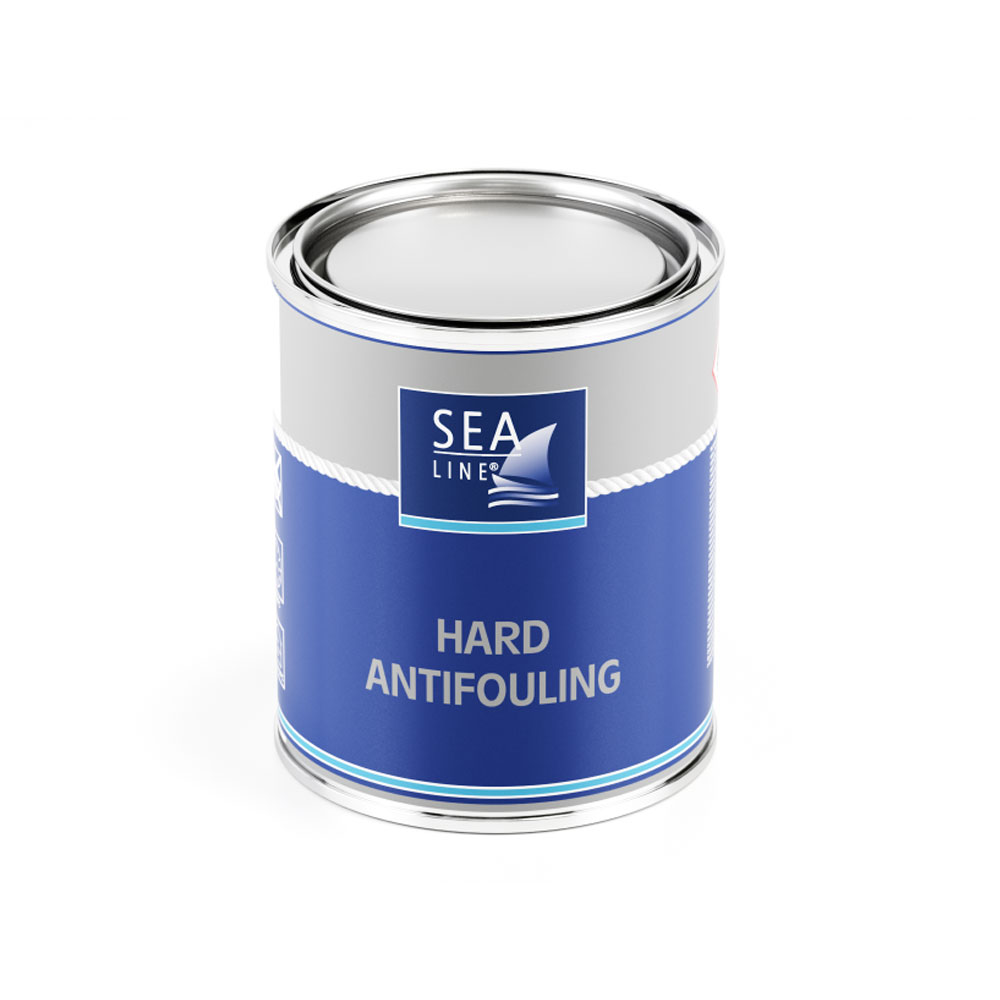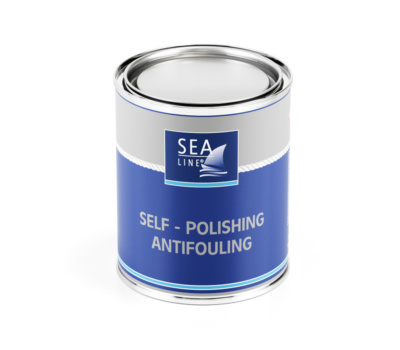Hard antifouling is a hard antifouling paint recommended for owners of motorboats and sailboats moving at speeds up to 70 knots.
| Color | Capacity | Code |
|---|---|---|
| Red | 750 ml / 2,5 l | 8286 / 8289 |
| Dark Blue | 750 ml / 2,5 l | 8284 / 8288 |
| Black | 750 ml / 2,5 l | 8282 / 8287 |

Exposure of a freshly applied antifouling paint to moist air can lead to color change. The discoloration is only superficial and does not affect the effectiveness of the antifouling paint. Due to the content of copper oxide, a small color difference between the parts of the antifouling paint is acceptable.
Manually:
Spray:
| Type | GRP laminates, wood, Steel | |
| Place | Below waterline | |
| Function | Antifouling paint discourages the growth of barnacles, weed, and other water life on the submersed hull of the boat. | |
| Application | brush, roll, spray gun | |
| Thinning * | No recommended | |
| Theoretical coverage For 1l | ± 10 m2 for 90 μmWFT/ 50 μm DFT | |
| Coats number | 1 – 3 | |
| Maximum recommended layer thickness | 100 μm DFT | |
| Time between layers | Min 6 h | |
| Dry to launch: | Min 12 h | |
In the case of high temperatures and the need to thin the antifouling paint, a maximum dilution of 0-5% (by volume) is recommended.
Dilution and the application method directly affect the thickness of the antifouling paint layer.
Special attention should be paid to obtaining a specific coating thickness (100 μm DTF), which ensures the effective operation of the antifouling paint.

The self-polishing antifouling paint is a product recommended primarily for protecting the hulls of fiberglass

It is designed for use on aluminum, steel, laminate, and wood.

It does not contain any active substances, such as toxic biocides.
We do not recommend using universal thinners. The use of a thinner with an unknown composition may result in loss of adhesion, lack of proper flow of paint and varnish defects.